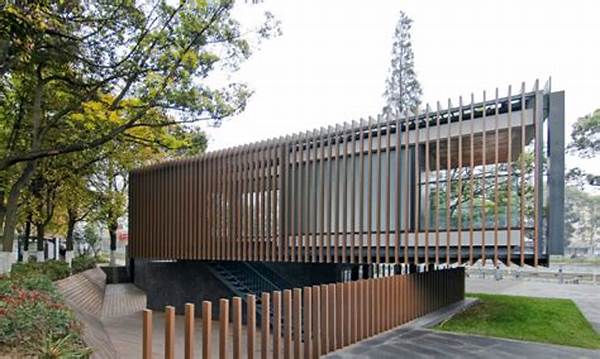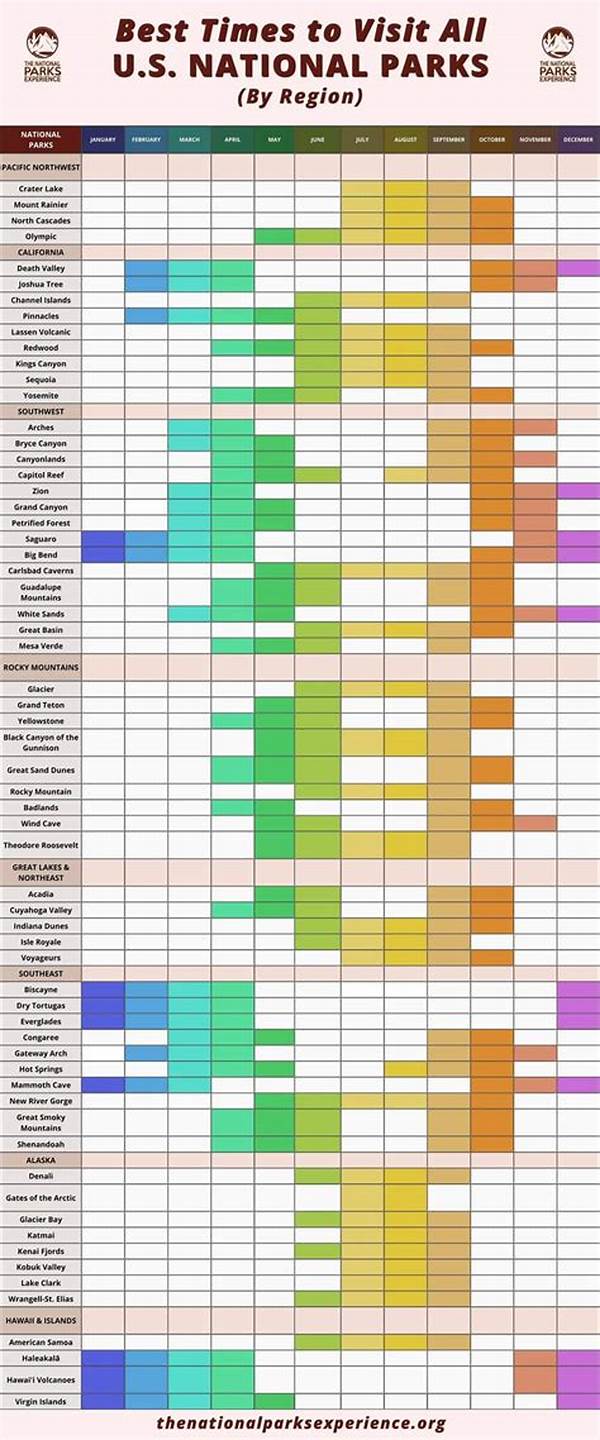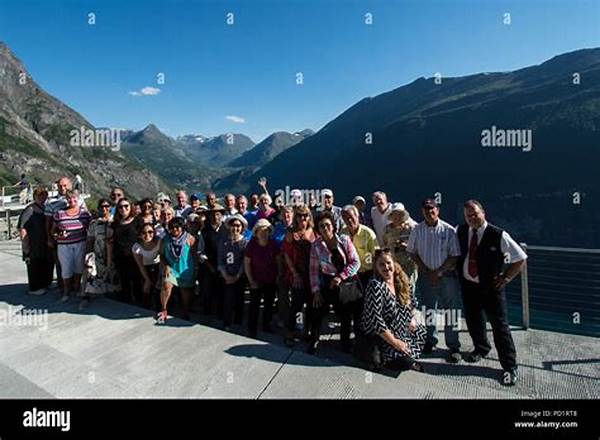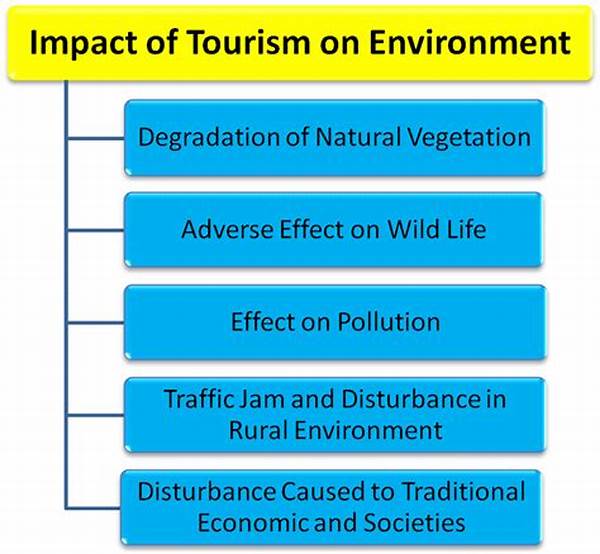Riverside parks are popular recreational spaces that provide a peaceful retreat from the hustle and bustle of city life. In recent years, there has been a growing trend towards incorporating sustainable design features in modern riverside parks. These features not only enhance the natural beauty of the parks but also promote environmental conservation and sustainability.
Read More : Tips For Capturing Candid Photos In An Instagrammable Riverside Park
One of the key sustainable design features of modern riverside parks is the use of native plant species in landscaping. By planting native plants, park designers can create a more resilient and ecologically diverse ecosystem that requires less maintenance and watering. In addition, native plants provide habitats for local wildlife species, helping to support biodiversity in urban areas.
Another important sustainable design feature of modern riverside parks is the incorporation of water-efficient irrigation systems. By using drip irrigation and rainwater harvesting techniques, park managers can reduce water waste and ensure that plants receive the necessary moisture without overusing resources. These water-efficient systems not only help to conserve water but also reduce the park’s overall environmental impact.
The Importance of Sustainable Design Features in Modern Riverside Parks
Sustainable design features play a crucial role in ensuring the long-term viability and success of modern riverside parks. By incorporating eco-friendly elements into park design, planners can create spaces that are not only beautiful and enjoyable but also environmentally responsible. From native plantings to water-efficient irrigation systems, these features help to protect natural resources, support local ecosystems, and promote a more sustainable future for urban green spaces.
In the midst of urban development and increasing environmental concerns, the integration of sustainable design features in modern riverside parks has become essential. These features not only enhance the aesthetic appeal of the parks but also contribute to the overall health and well-being of the surrounding communities. By prioritizing sustainability in park design, cities can create vibrant and resilient green spaces that serve as a model for eco-friendly urban development.
Creating a Sustainable Future for Urban Green Spaces
As urban populations continue to grow, the importance of sustainable design features in modern riverside parks will only increase. By incorporating elements such as native plant species, water-efficient irrigation systems, and renewable energy sources, cities can create parks that not only benefit the environment but also provide valuable recreational opportunities for residents. Ultimately, sustainable design features in modern riverside parks are essential for creating a more sustainable future for urban green spaces.
Riverside parks are an important part of urban landscapes, providing residents with a place to relax, exercise, and connect with nature. In recent years, there has been a growing focus on incorporating sustainable design features in modern riverside parks to promote environmental conservation and sustainability. These features help to create healthier, more resilient green spaces that benefit both people and the planet.
Read More : Night Out At Chao Phraya Riverside Park
One example of a sustainable design feature in modern riverside parks is the use of permeable pavement in pathways and parking areas. Permeable pavement allows rainwater to filter through the surface and into the ground, reducing runoff and preventing water pollution. This helps to protect local waterways and groundwater sources, while also reducing the need for conventional stormwater management systems.
Another sustainable design feature commonly found in modern riverside parks is the use of energy-efficient lighting systems. By using LED lights powered by solar or wind energy, parks can reduce their energy consumption and carbon footprint. These lighting systems not only help to create a safer and more welcoming environment for park visitors but also contribute to overall energy conservation efforts in the community.
Conclusion
In conclusion, sustainable design features in modern riverside parks play a crucial role in promoting environmental conservation, sustainability, and community well-being. By prioritizing eco-friendly elements such as native plantings, water-efficient irrigation systems, permeable pavement, and energy-efficient lighting, cities can create green spaces that enhance quality of life while reducing their environmental impact. As the demand for green urban spaces continues to grow, the integration of sustainable design features in modern riverside parks will be essential for creating a more sustainable future for all.



